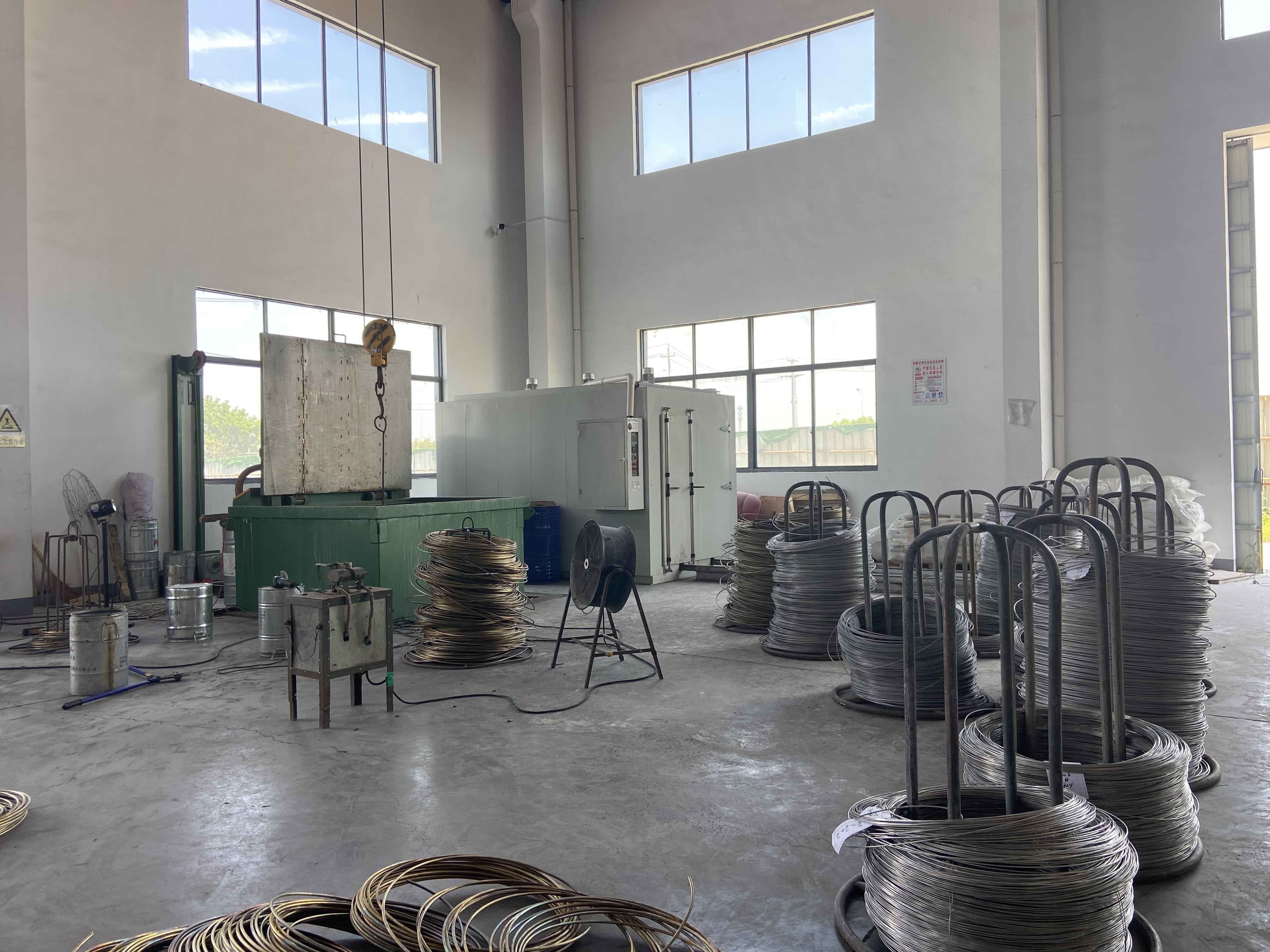NEWS CENTER
Knowledge of Nickel Alloys
2022-08-25
Introduction to Nickel Alloys
Nickel alloys are alloys composed of nickel-based additions of other elements. Nickel has good mechanical, physical and chemical properties. Adding appropriate elements can improve its oxidation resistance, corrosion resistance, high temperature strength and improve some physical properties.
Classification and characteristics of nickel-based alloy steel
Nickel-based alloys refer to a class of alloys that have comprehensive properties such as high strength and certain oxidation and corrosion resistance at high temperatures of 650 to 1000 °C. According to the main properties, it is subdivided into nickel-based superalloys, nickel-based corrosion-resistant alloys, nickel-based wear-resistant alloys, nickel-based precision alloys and nickel-based shape memory alloys.
1. Nickel-based superalloys
The main alloying elements are chromium, tungsten, molybdenum, cobalt, aluminum, titanium, boron, zirconium, etc. Among them, chromium plays the role of anti-oxidation and anti-corrosion, and other elements play a strengthening role. It has high strength, oxidation resistance, and gas corrosion resistance at high temperatures of 650 to 1000 °C. It is mainly used in the manufacture of high-temperature components for aero-engine blades and rocket engines, nuclear reactors, and energy conversion equipment.
2. Nickel-based corrosion-resistant alloys
The main alloying elements are copper, chromium and molybdenum. It has good comprehensive properties and is resistant to various acid corrosion and stress corrosion. The earliest application was nickel-copper alloy, also known as Monel alloy; in addition, nickel-chromium alloy, nickel-molybdenum alloy, nickel-chromium-molybdenum alloy, etc. For the manufacture of various corrosion-resistant parts.
3. Nickel-based wear-resistant alloy
The main alloying elements are chromium, molybdenum, tungsten, and also contain small amounts of niobium, tantalum and indium. In addition to its wear resistance, it has good oxidation resistance, corrosion resistance and welding performance. It can be used to manufacture wear-resistant parts, and can also be used as a cladding material to coat the surface of other base materials through surfacing and spraying processes.
4. Nickel-based precision alloys
Including nickel-based soft magnetic alloys, nickel-based precision resistance alloys and nickel-based electrothermal alloys, etc. The most commonly used soft magnetic alloys are permalloys containing about 80% of nickel. They have high maximum and initial permeability and low coercivity. They are important core materials in the electronics industry. The main alloying elements of nickel-based precision resistance alloys are chromium, aluminum, and copper. This alloy has high resistivity, low temperature coefficient of resistivity and good corrosion resistance, and is used to make resistors. Nickel-based electrothermal alloy is a nickel alloy containing 20% chromium, which has good anti-oxidation and anti-corrosion properties, and can be used for a long time at a temperature of 1000-1100 °C.
5. Nickel-based shape memory alloy
A nickel alloy containing 50(at)% of titanium. The rewarming temperature is 70°C, and the shape memory effect is good. A small change in the nickel-titanium composition ratio can change the recovery temperature within the range of 30 to 100 °C. It is mostly used in the manufacture of self-expanding structural parts used in spacecraft, self-energizing fasteners used in the aerospace industry, and artificial heart motors used in biomedicine.
Application fields of nickel-based alloy steel
The development level of the nickel-based alloy industry is in a steady upward trend. Nickel-based alloys with different compositions and different properties have been widely used with industrial development. The main application areas are:
1. Ocean: marine structures in the marine environment, seawater desalination, seawater aquaculture, seawater heat exchange, etc.
2. Environmental protection field: flue gas desulfurization device for thermal power generation, waste water treatment, etc.
3. Energy field: nuclear power generation, comprehensive utilization of coal, ocean tide power generation, etc.
4. Petrochemical field: oil refining, chemical and chemical equipment, etc.
5. Food field: salt making, soy sauce brewing, etc.
Jiangsu Bohang Alloy Technology Co., Ltd.
MAIL: info@bh-alloy.com
ADD.:No. 8, Fenglin Avenue, East Park, Lvcheng Town, Danyang City, Jiangsu Province
Copyright© 2022 Jiangsu Bohang Alloy Technology Co., Ltd. Powered by www.300.cn
This website already supports IPV6 SEO






